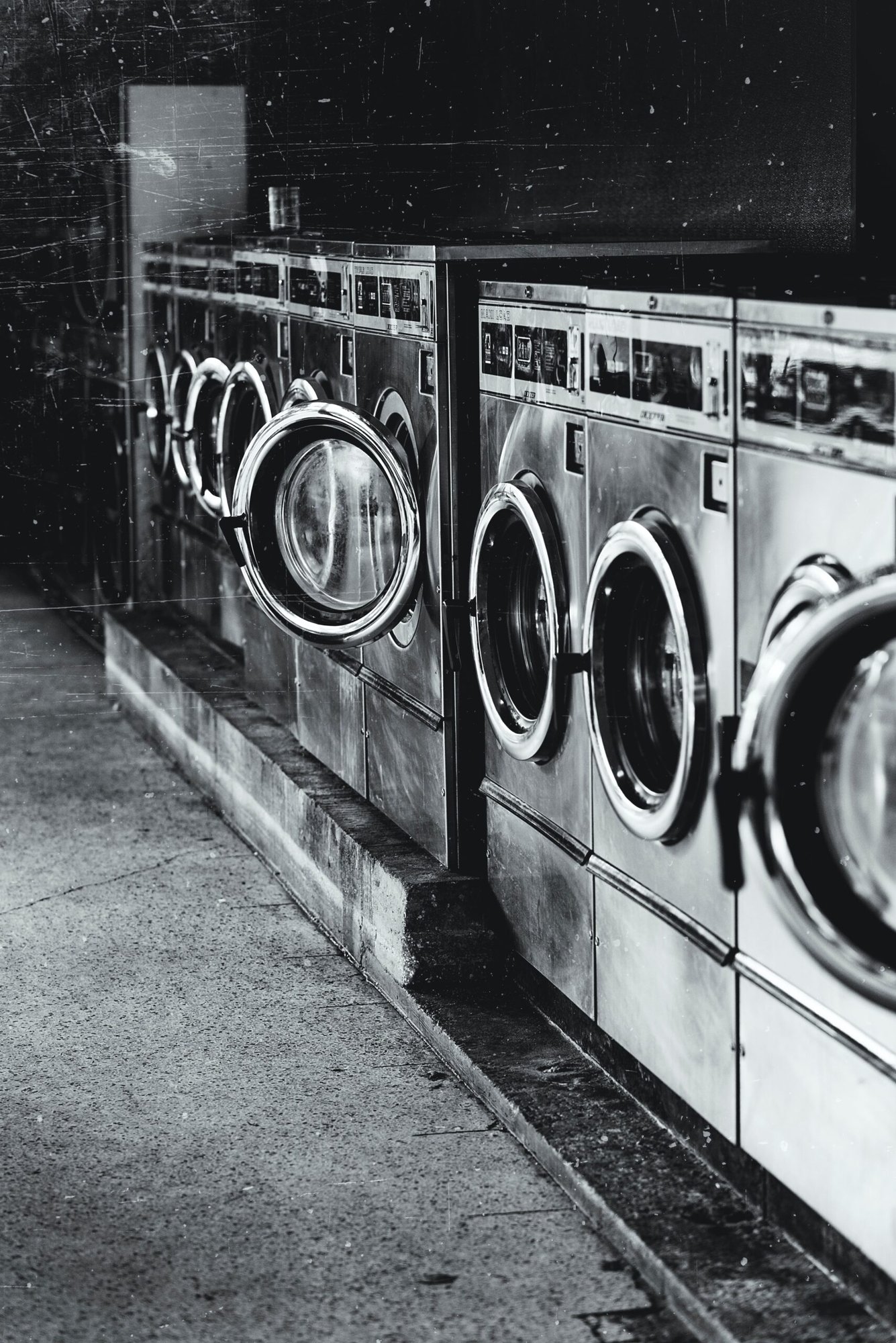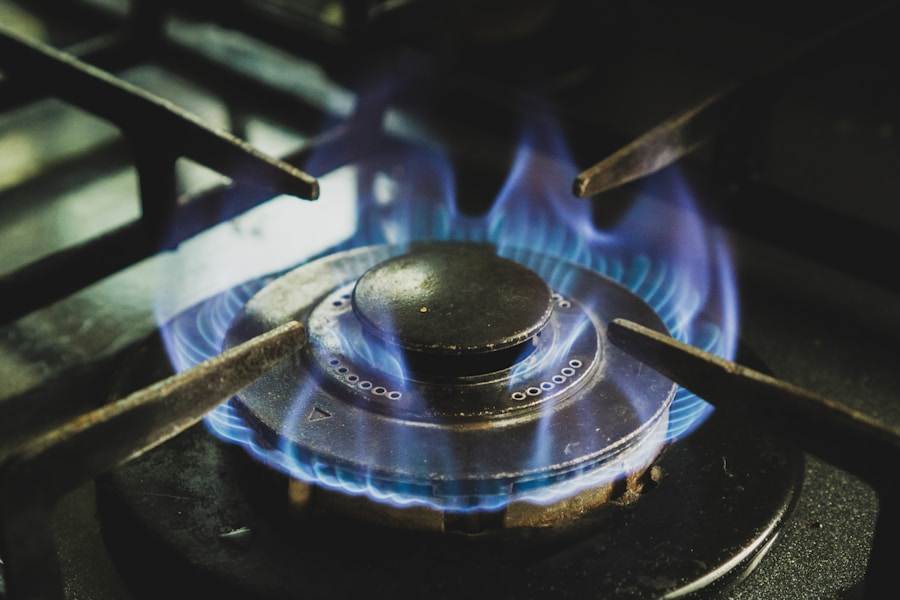Buying a new major appliance is a significant decision that can greatly impact the functionality and efficiency of your home. Whether you’re in need of a new refrigerator, dishwasher, washing machine, or any other major appliance, it’s important to approach the process with careful consideration. This article will guide you through the steps involved in buying a new major appliance, from assessing the need for a replacement to disposing of the old appliance properly.
Key Takeaways
- Assess your need for a new major appliance before making a purchase.
- Research and compare different appliance options to find the best fit for your needs.
- Measure the space where the new appliance will be installed to ensure a proper fit.
- Determine your budget for the new appliance and stick to it.
- Shop around for the best price and negotiate delivery terms before making a purchase.
Assessing the need for a new major appliance
There are several signs that indicate the need for a new major appliance. These signs may include frequent breakdowns, high energy bills, outdated technology, or simply the desire for an upgrade. When deciding whether to replace an appliance, it’s important to consider factors such as the age of the appliance, the cost of repairs, and the potential energy savings of a new model. If your appliance is more than 10 years old and requires frequent repairs, it may be more cost-effective to invest in a new one.
Researching and comparing appliance options
Before making a purchase, it’s important to research and compare different appliance options. There are several sources of information available for researching appliances, including consumer reviews, manufacturer websites, and retail websites. When comparing different appliance models, consider criteria such as energy efficiency, capacity, features, and price. It’s also helpful to read customer reviews to get an idea of the reliability and performance of different models.
Measuring the space for the new appliance
Accurate measurements are crucial when buying a new major appliance. Before making a purchase, measure the space where the appliance will be installed to ensure that it will fit properly. Measure the height, width, and depth of the space, taking into account any obstacles such as cabinets or countertops. It’s also important to measure doorways and hallways to ensure that the appliance can be easily moved into your home.
Determining the budget for the new appliance
The cost of a major appliance can vary greatly depending on factors such as brand, size, and features. When determining your budget, consider factors such as your financial situation, the importance of the appliance to your daily life, and the potential energy savings of a more expensive model. It’s also helpful to research the average cost of similar appliances to get an idea of what you can expect to pay.
Shopping for the new appliance
There are several places to shop for major appliances, including appliance stores, home improvement stores, and online retailers. When shopping for an appliance, it’s important to take your time and compare prices and features. Don’t be afraid to ask questions and seek advice from sales associates. It’s also helpful to read customer reviews and ratings to get an idea of the reliability and performance of different models.
Negotiating the price and delivery terms
When buying a major appliance, it’s often possible to negotiate a better price or more favorable delivery terms. Before negotiating, research the average price of the appliance and be prepared to walk away if the price is not right. When negotiating delivery terms, consider factors such as the availability of installation services and the cost of removing your old appliance. It’s also important to read and understand the warranty and return policy before making a purchase.
Preparing the space for installation
Before your new appliance arrives, it’s important to prepare the space for installation. This may involve clearing out old appliances or furniture, ensuring that electrical outlets are accessible, and making any necessary repairs or modifications to the space. It’s also important to read the installation instructions provided by the manufacturer to ensure that you have all the necessary tools and materials.
Hiring a professional installer or DIY installation
When it comes to installing a major appliance, you have the option of hiring a professional installer or doing it yourself. Hiring a professional installer can ensure that the appliance is installed correctly and safely, but it can also be costly. DIY installation can save you money, but it requires a certain level of skill and knowledge. Before deciding which option is right for you, consider factors such as your budget, your level of experience, and the complexity of the installation.
Testing and troubleshooting the new appliance
After your new appliance is installed, it’s important to test it and troubleshoot any issues that may arise. Read the user manual provided by the manufacturer to familiarize yourself with the appliance’s features and functions. Test each function of the appliance to ensure that it is working properly. If you encounter any issues, consult the troubleshooting section of the user manual or contact the manufacturer for assistance.
Disposing of the old appliance properly
Proper disposal of your old appliance is important for both environmental and safety reasons. There are several options for disposing of an old appliance, including recycling, donating, or selling it. Recycling is often the most responsible option, as it ensures that valuable materials are recovered and harmful substances are disposed of properly. Many retailers offer recycling programs for old appliances, so be sure to inquire about this option when making your purchase.
Buying a new major appliance can be a complex process, but with careful consideration and research, you can make an informed decision that meets your needs and budget. Assessing the need for a replacement, researching and comparing options, measuring the space, determining your budget, shopping wisely, negotiating terms, preparing for installation, deciding on professional or DIY installation, testing and troubleshooting the new appliance, and disposing of the old appliance properly are all important steps in the process. By following these steps and taking your time to make a well-informed decision, you can ensure that your new major appliance will serve you well for years to come.
If you’re in the market for a new major appliance and need guidance on how to handle the purchase and installation process, look no further than 911 Appliance. Their comprehensive article on “How to handle the purchase and installation of a new major appliance” provides valuable insights and tips to ensure a smooth transition from your older appliance to the new one. From understanding the different types of appliances available to selecting the right size and features, this article covers it all. Check out their blog section for more informative articles like this one.
FAQs
What are the factors to consider when purchasing a new major appliance?
When purchasing a new major appliance, you should consider the size, features, energy efficiency, brand reputation, and price.
How do I properly dispose of my old appliance?
You can dispose of your old appliance by contacting your local waste management facility or recycling center. Some retailers also offer appliance removal services for a fee.
Should I hire a professional to install my new appliance?
It is recommended to hire a professional to install your new appliance to ensure proper installation and avoid any potential safety hazards. Some retailers offer installation services for a fee.
What should I do if my new appliance is damaged or defective?
If your new appliance is damaged or defective, you should contact the retailer or manufacturer immediately to report the issue and request a repair or replacement.
How can I extend the lifespan of my new appliance?
To extend the lifespan of your new appliance, you should follow the manufacturer’s recommended maintenance and cleaning instructions, avoid overloading the appliance, and use it according to its intended purpose.




